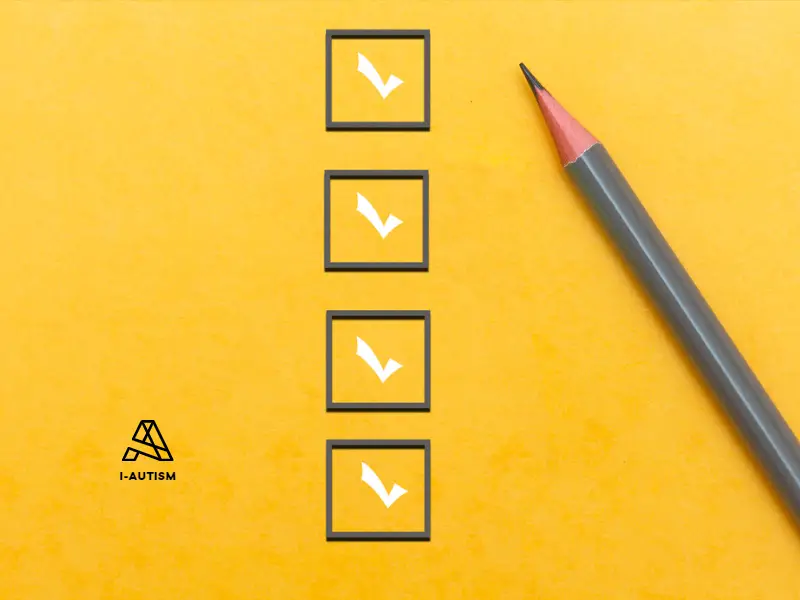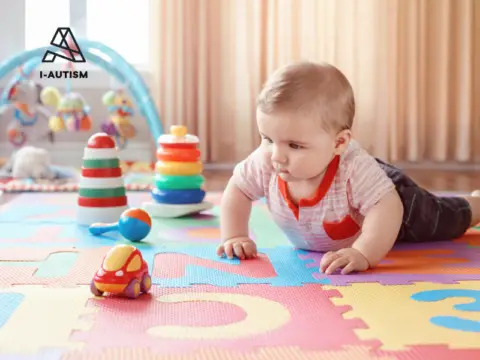A sensory overload checklist is designed to help individuals with autism and their support network better understand and manage overwhelming sensory experiences. This checklist provides practical guidelines to identify, address, and minimize sensory triggers that can lead to sensory overload. By following this checklist, you can create a supportive environment that promotes well-being and reduces sensory overload challenges.
Sensory Overload Checklist
1. Identify Sensory Triggers
- Observe the individual’s reactions and behaviors in different environments to determine specific sensory triggers.
- Note any patterns of discomfort or distress associated with certain sounds, lights, textures, smells, or tastes.
2. Auditory Sensitivities
- Assess the impact of loud or sudden noises on the individual.
- Provide noise-cancellation headphones or earplugs for situations with excessive noise.
- Create quiet spaces or designate a noise-free zone where the individual can retreat during overwhelming auditory experiences.
3. Visual Overstimulation
- Evaluate the individual’s response to bright lights, flashing lights, or visually cluttered environments.
- Use window coverings, curtains, or blinds to control the amount of incoming light.
- Minimize visual distractions in the environment by organizing and decluttering the space.
4. Tactile Sensitivities
- Determine if certain textures, fabrics, or physical contact cause discomfort or distress.
- Offer a variety of clothing options to accommodate sensory preferences, such as tagless clothing or seamless socks.
- Provide access to sensory-friendly tactile objects like fidget toys or textured materials for self-regulation.
5. Olfactory and Gustatory Sensitivities
- Assess the individual’s reactions to strong smells, certain tastes, or food textures.
- Avoid using strong perfumes, cleaning products, or air fresheners in the individual’s environment.
- Offer a range of food options that respect the individual’s sensory preferences and dietary needs.
6. Calming Strategies
- Teach the individual self-calming techniques such as deep breathing, counting, or visualization.
- Encourage the use of sensory tools like stress balls, weighted blankets, or chewable jewelry for comfort and relaxation.
- Establish sensory breaks in a designated calming space to allow the individual to recharge and regulate their sensory system.
7. Communication and Support
- Foster open communication with the individual and their support network to understand their sensory needs and preferences.
- Educate family members, peers, educators, and caregivers about sensory overload and the importance of creating a supportive environment.
- Collaborate on individualized accommodation plans that address specific sensory triggers and promote a positive sensory experience.
8. Regular Review and Adjustment
- Continuously assess the effectiveness of strategies implemented in managing sensory overload.
- Remain flexible and adapt the checklist based on the individual’s changing needs and preferences.
- Seek professional guidance, such as occupational therapy, for further support and guidance in managing sensory challenges.
By utilizing this sensory overload checklist, you can proactively identify, address, and manage overwhelming sensory experiences for individuals with autism. Remember, each person’s sensory profile is unique, so it’s important to tailor strategies and accommodations to their specific needs. With a supportive environment and effective sensory management techniques, individuals with autism can navigate their surroundings with greater comfort and reduce the impact of sensory overload.
Sensory Overload Checklist | Tips to prevent sensory overload in various environments:
Outdoors
- Bring noise-cancelling headphones or earplugs to reduce loud noises like traffic or construction.
- Dress your child in comfortable, breathable clothing that won’t irritate their skin.
- Use a hat or umbrella to provide shade and reduce the intensity of sunlight.
- Bring sunglasses to reduce glare and bright lights.
- Choose a less crowded location to reduce the amount of visual and auditory stimulation.
- Take frequent breaks in a quiet area to give your child a chance to rest and recharge.
In Mall
- Plan your visit during less crowded times to reduce the amount of sensory input.
- Avoid peak hours and weekends when the mall is likely to be crowded and noisy.
- Use a stroller or shopping cart to provide a safe and comfortable space for your child.
- Bring sensory toys or fidgets to help your child stay calm and focused.
- Use noise-cancelling headphones or earplugs to reduce loud noises like music or announcements.
- Take frequent breaks in a quiet area to give your child a chance to rest and recharge.
In Airport
- Plan your travel during less crowded times to reduce the amount of sensory input.
- Use a stroller or carrier to provide a safe and comfortable space for your child.
- Bring noise-cancelling headphones or earplugs to reduce loud noises like announcements or airplane engines.
- Bring familiar snacks and toys to help your child feel more comfortable in a new environment.
- Use a visual schedule or social story to help your child understand the process of traveling.
- Take frequent breaks in a quiet area to give your child a chance to rest and recharge.
In Park
- Choose a less crowded location to reduce the amount of visual and auditory stimulation.
- Bring a shade tent or umbrella to provide a safe and comfortable space for your child.
- Dress your child in comfortable, breathable clothing that won’t irritate their skin.
- Bring sunglasses to reduce glare and bright lights.
- Use noise-cancelling headphones or earplugs to reduce loud noises like fireworks or music.
- Take frequent breaks in a quiet area to give your child a chance to rest and recharge.
In conclusion, sensory overload can be overwhelming for children with autism, but with careful planning and preparation, parents can help their child enjoy a variety of environments. By using tools like noise-cancelling headphones, sensory toys, and visual schedules, parents can reduce the amount of sensory input and give their child a chance to rest and recharge. Remember to take breaks in quiet areas and choose less crowded locations to help your child feel more comfortable and at ease.









